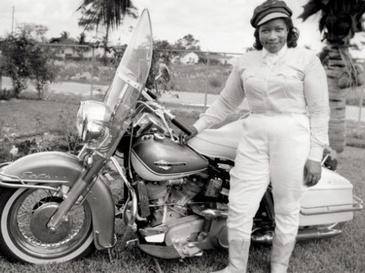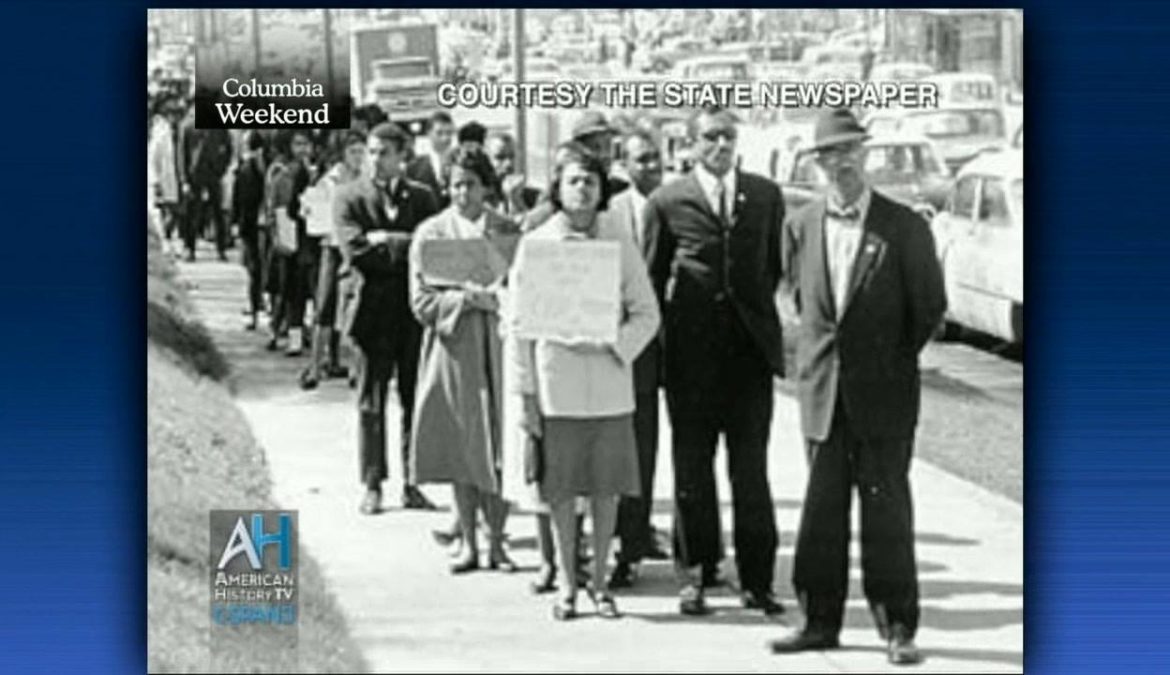GM – FBF – ” Who would have thought that sailors could be in a boat under the water, what will they think of next” – Robert Francis Flemming
Remember – “I know that they had forms of guitars in the old days, like in Africa but my guitar has what they call a aacoustic guitar. I just know that the sound can be controled” – Robert Francis Flemming
Today in our History – March 3, 1886 – A Black Man Invents The First Aacoustic guitar. Robert Francis Flemming Jr. (July 4, 1839 – February 23, 1919) was an African-American inventor and Union sailor in the American Civil War. He was the first crew member aboard the USS Housatonic to spot the H.L. Hunley before it sank the USS Housatonic. The sinking of USS Housatonic is renowned as the first sinking of an enemy ship in combat by a submarine.
Robert Flemming was working in New York City as a marble cutter when he enlisted in the United States Navy on May 14, 1863. He was rated as Landsman (rank), the equivalent of the current naval rating of seaman recruit. His first posting was to the USS Wyoming (1859) the following June; he was present when the sloop engaged the naval forces of the Japanese Empire at the Naval battle of Shimonoseki on July 16 of that year.
The following October, Flemming transferred to the sloop of war USS Housatonic (1861), which was sent to join the blockade of Southern seaports as part of the South Atlantic Blockading Squadron. On the evening of February 17, 1864, Flemming was on watch when he noticed a strange object in the water about 400 feet off the starboard bow. He alerted the officer of the guard, who dismissed the object as a log. “Queer-looking log,” Flemming replied. Taking a closer look, he soon realized that the “log” wasn’t floating with the tide, but was actually coming at a high rate of speed toward the Housatonic. Shouting that there was a torpedo approaching the ship, Flemming alerted the rest of the crew, who started to get the Housatonic under way. However, it was too late; there was an explosion and, within five minutes, the Housatonic sank in 25 feet of water with a loss of five crewmen. The crew immediately began climbing the rigging or entering life boats as the sloop began to sink; once it hit bottom, however, the masts and rigging were still above the water, and Flemming and others hung on for forty-five minutes until help arrived.
Flemming finished his naval service on the gunboat USS E. B. Hale after June 1865 and subsequently returned to Massachusetts, living and working in Cambridge, Massachusetts and Boston, Massachusetts where he went into business as a guitar manufacturer and music teacher.
Flemming invented a guitar he called the “Euphonica” that he believed would produce a louder and more resonant sound than a traditional guitar. The U.S. Patent Office granted Flemming a patent (no. 338,727) on March 3,1886. He also received a Canadian patent (no. 26,398) on April 5,1887. Flemming then went into business for himself, building and demonstrating his musical instruments from a storefront on Washington Street in Boston.
After 1900, Robert Flemming retired to his home in Melrose, Massachusetts where he continued to give lessons and perform at various functions. In 1907, he composed a “National Funeral Hymn” dedicated to the Grand Army of the Republic. A member of the Grand Army of the Republic Post no. 30 in Cambridge, Massachusetts, Robert Flemming died in February 1919. He is buried in Wyoming Cemetery in Melrose, MA. Research more about this great American and share with your babies. Make it a champion day!


